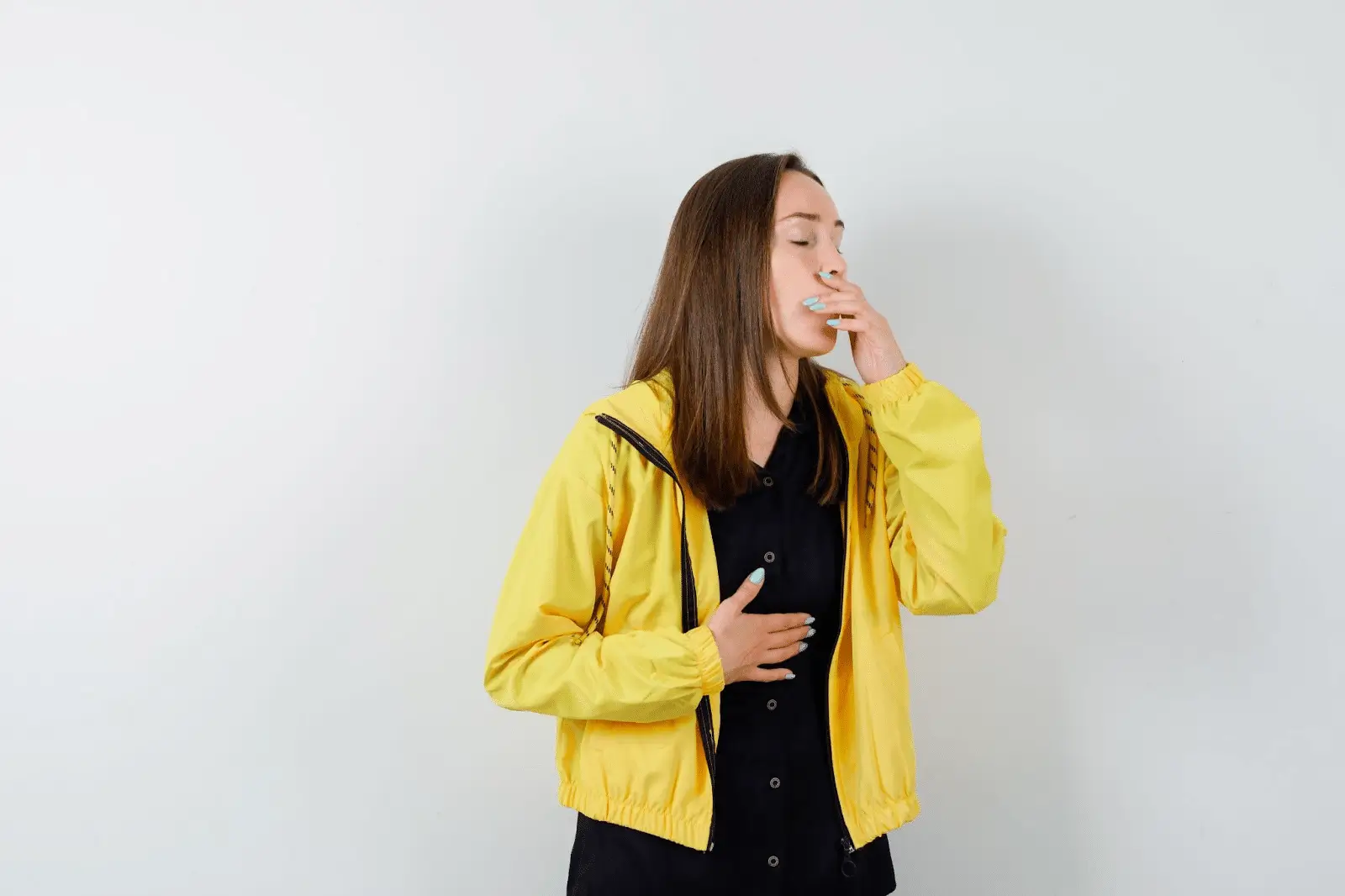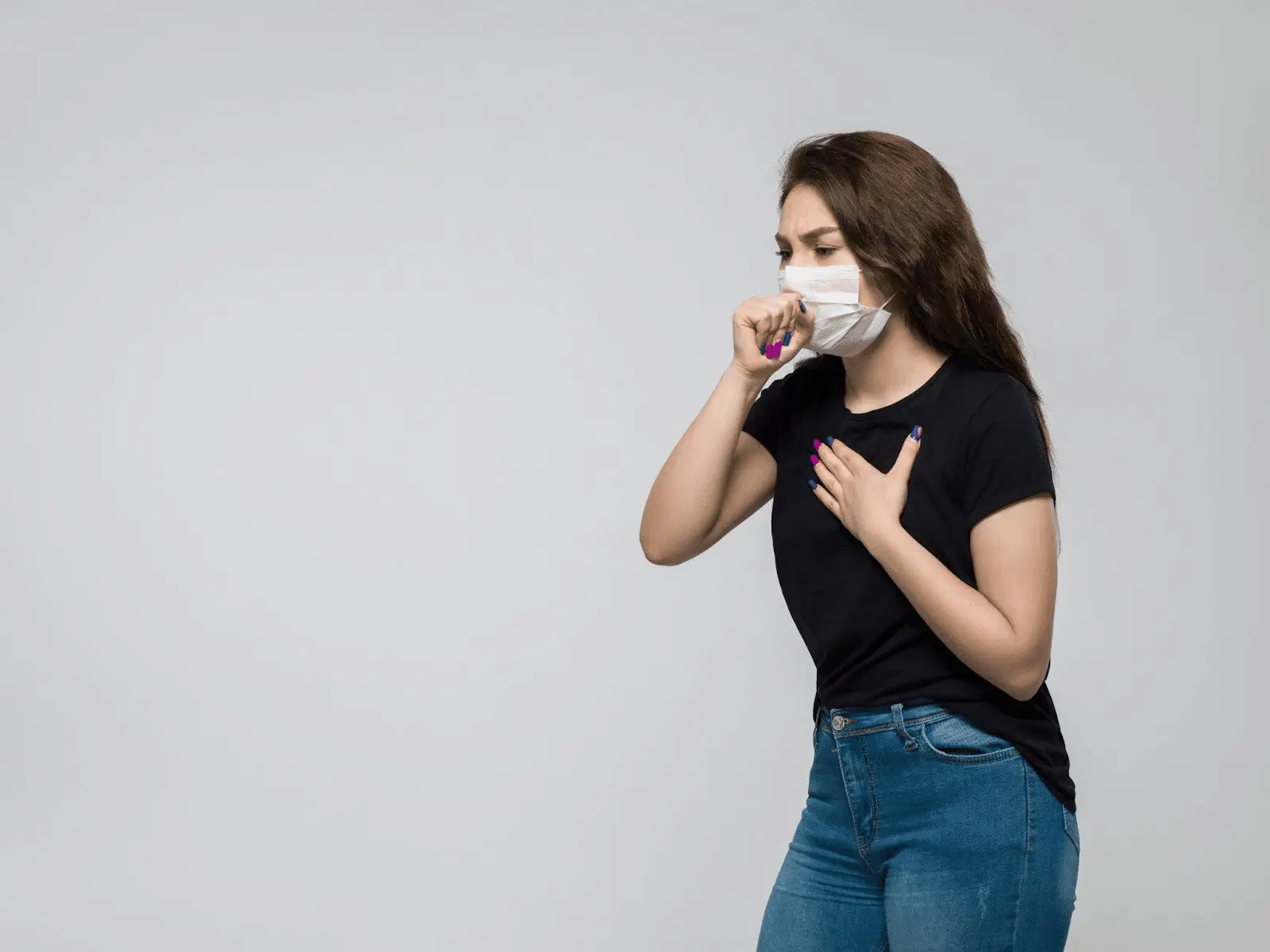Only for Licensed Professionals
Only for Licensed Professionals
.webp)
Xolair Dosing Guide and Schedule
David Fuller
Last Updated On: September 25, 2025
When starting a new treatment, one of the most critical questions is how much medication is needed and how often it should be given. With Xolair (omalizumab), the answer depends on both the condition being treated and, in some cases, the individual characteristics of the patient.
For allergic asthma, nasal polyps, and food allergies, the dose is personalized based on two key factors: body weight and pretreatment serum IgE levels. This means patients may receive between 75 mg and 375 mg by injection every 2 or 4 weeks. In contrast, for chronic spontaneous urticaria, dosing is simpler and fixed, usually 150 mg to 300 mg every 4 weeks, regardless of IgE levels or body weight.
Because Xolair is used for different conditions and not all dosing schedules look the same, it’s crucial to understand how these variables guide treatment. In this article, we’ll walk through the calculation of Xolair dosing, the recommended schedules, adjustments that may be made over time, and what patients and providers can expect from the process.
Key Takeaways
- Xolair dosing depends on the condition being treated: weight- and IgE-based for asthma and food allergies, fixed-dose for chronic spontaneous urticaria.
- Typical regimens range from 75 to 600 mg every 2 to 4 weeks, administered by subcutaneous injection.
- For food allergies, Xolair lowers the risk of severe reactions from accidental exposure but is not a substitute for emergency treatment.
- Monitoring is vital to track response and watch for rare risks, including anaphylaxis or other systemic reactions.
- Some patients may transition to at-home self-administration once their provider confirms safety.
About: Operating since 2016, Med Supply Solutions is known for being one of the industry’s top and trusted suppliers of cosmetic and viscosupplementation products. If you’re looking to buy Xolair online, contact our sales department for more information.

Weight- and IgE-Based Dosing for Xolair in Allergic Asthma

For allergic asthma, Xolair dosing is individualized. Before starting therapy, providers measure the patient’s pretreatment serum IgE level (30–700 IU/mL) and body weight (30–150 kg). These two values are used with the FDA-approved omalizumab dosing chart to calculate the correct dose and frequency.
- Baseline IgE testing is required before the first dose.
- Injections are given every 2 or 4 weeks, depending on chart recommendations.
- Typical regimens involve Xolair 75–375 mg per injection.
- Patients with IgE or weight outside charted limits may not qualify for therapy.
Following the chart precisely is critical for safety and effectiveness. Incorrect dosing could reduce benefits or increase adverse events. Unlike fixed-dose therapies, asthma management with Xolair demands accurate calculation and consistent follow-up.
Fixed-Dose Xolair Regimens for Chronic Spontaneous Urticaria
In chronic spontaneous urticaria (CSU), dosing is more straightforward. Patients do not need IgE testing or weight-based adjustments. Instead, clinicians prescribe a fixed dose, which simplifies administration.
- The standard regimen is Xolair 300 mg every 4 weeks.
- Some may start at 150 mg, but many patients achieve better symptom control at 300 mg.
- Injections are given subcutaneously, usually in a clinic setting.
- Treatment duration varies, and maximum benefit may take several months.
This fixed approach improves adherence and streamlines care, though providers still monitor for both effectiveness and side effects, including injection-site reactions or rare systemic complications.
Food Allergy Dosing Algorithms and Practical Administration of Xolair
In 2024, the FDA approved Xolair for IgE-mediated food allergies, expanding its role in allergy care. Unlike CSU, dosing here relies on both baseline serum total IgE and body weight, similar to asthma.
- Doses range from 150–600 mg every 2–4 weeks.
- Calculations are based on weight and IgE levels, not weight alone.
- Patients with multiple food allergies may require extended therapy.
- Treatment must be given in clinics equipped to manage severe allergic reactions.
It is important to note that Xolair for food allergy is not an emergency treatment. Patients must continue strict avoidance of allergens; the therapy reduces the risk from accidental exposure. Early studies show promising results, but specialists stress ongoing consultation about both benefits and risks, including how dangerous Xolair is when used long-term.
Monitoring, Missed Doses, and Adjustments in Xolair Therapy

Once therapy begins, keeping to the injection schedule is essential. Missing doses or delaying injections can reduce effectiveness and allow symptoms to return. Patients should always contact their provider if a dose is missed.
Monitoring
- Tracking symptom improvement at follow-up visits.
- Adjusting the dosing schedule if the response is inadequate.
- Watching for adverse events, including anaphylaxis, eosinophilic conditions, serum sickness–like reactions, or malignancy signals.
- Reassessing the need for continued therapy if no clear benefit is seen after 16 weeks in CSU or several months in asthma.
Injections are given subcutaneously. While treatment begins under clinical supervision, providers may later consider patient or caregiver self-administration with prefilled syringes or autoinjectors if criteria for safe use are met. This balance of oversight and flexibility supports both safety and convenience.
Conclusion
Understanding Xolair dosing is crucial to maximizing the benefits of treatment, whether it’s prescribed for asthma, chronic spontaneous urticaria, or food allergies. Depending on the condition, the regimen may follow a weight- and IgE-based algorithm or a fixed-dose schedule. Doses generally range from 75 mg to 600 mg, given every 2 to 4 weeks.
While Xolair has proven benefits, it carries risks that require careful monitoring. Providers track for rare but serious complications, including anaphylaxis, eosinophilic conditions, and potential malignancy signals. For many patients, the improvements in quality of life outweigh these risks, provided dosing and follow-up are correctly managed.
When clinicians and patients work together, Xolair can be a safe and effective tool in modern allergy and asthma care.
FAQs
1. How is Xolair dosing determined for asthma?
For asthma, Xolair dosing is based on both body weight and baseline serum IgE levels. Clinicians use an FDA-approved dosing chart to calculate the regimen. Injections are given every 2 or 4 weeks, with doses ranging from 75 mg to 375 mg.
2. What is the typical Xolair dose for urticaria?
Most patients receive 300 mg every 4 weeks, though some may start with 150 mg. Many achieve better control at the higher dose, but treatment is individualized depending on response.
3. Can Xolair be used for food allergies?
For IgE-mediated food allergies, Xolair doses range from 150–600 mg every 2–4 weeks, determined by IgE levels and weight. Patients must still avoid allergens; the therapy is designed to reduce reactions from accidental exposure, not to replace emergency treatment.
4. What happens if a Xolair dose is missed?
Patients should contact their healthcare provider as soon as possible. Missing or delaying injections may lower effectiveness. Providers will advise whether to resume the regular schedule or adjust the timing.
References
Xolair Dosage Guide. Drugs.com. https://www.drugs.com/dosage/xolair.html
Xolair, Omlyclo (omalizumab) dosing, indications, interactions, adverse effects, and more. https://reference.medscape.com/drug/xolair-omlyclo-omalizumab-343444
Di Domenico M, Bisogno A, Polverino M, De Rosa C, Ricci V, Capasso A. Xolair in Asthma Therapy: An Overview. Inflammation & Allergy – Drug Targets. 2011;10(1):2-12. doi:10.2174/187152811794352042
Ledford D, Busse W, Trzaskoma B, et al. A randomized multicenter study evaluating Xolair persistence of response after long-term therapy. Journal of Allergy and Clinical Immunology. 2016;140(1):162-169.e2. doi:10.1016/j.jaci.2016.08.054
Products
Cart
Log In
Newsletter
Subscribe for exclusive offers and updates on new arrivals
Share feedback at:
Working Hours
MON - SUN 9AM to 6PM EST
The Most Popular Brands
Med Supply Solutions
Support
Secure checkout is guaranteed with full adherence to PCI DSS payment standards.
Products listed here are guaranteed authentic and manufacturer-sourced.
Pay easily with trusted providers


*Google and Apple Pay are currently only available via a direct link provided by your account manager.
Copyright 2025. Med Supply Solutions